A flower garden can be a beautiful addition to any home. Not only do they add color and life to the space, but they can also be a source of joy and relaxation. If you’ve been thinking about starting a flower garden, but don’t know where to start, you’re in luck. In this article, we will walk you through everything you need to know about getting your flower garden off the ground!
The Benefits of Flower Gardens
Flower gardens have been proven to have many benefits. One of the most well-known benefits is that they can boost your mood and mental health. Studies have shown that being around plants can help reduce stress, anxiety, and depression.
Another great benefit of flower gardens is that they can increase your home’s value. If you’re thinking about selling your home, having a beautiful flower garden can definitely help increase its curb appeal and make it more attractive to potential buyers.
Finally, flower gardens are simply enjoyable to look at and be around. They can add color and life to any space, making them a great addition to any home or yard. If you love spending time outdoors surrounded by beautiful flowers, then starting a flower garden is definitely for you!
How to Start a Flower Garden
Now that you know all of the amazing benefits that come with having a flower garden, you’re probably wondering how you can start your own. Luckily, starting a flower garden is not as difficult as it may seem.
Determine Your Flower Garden Theme
One of the first things you’ll need to do when starting a flower garden is determining what kind of theme or style you want it to have. Do you want a garden that’s full of vibrant colors? Or would you prefer a more subdued and tranquil space?
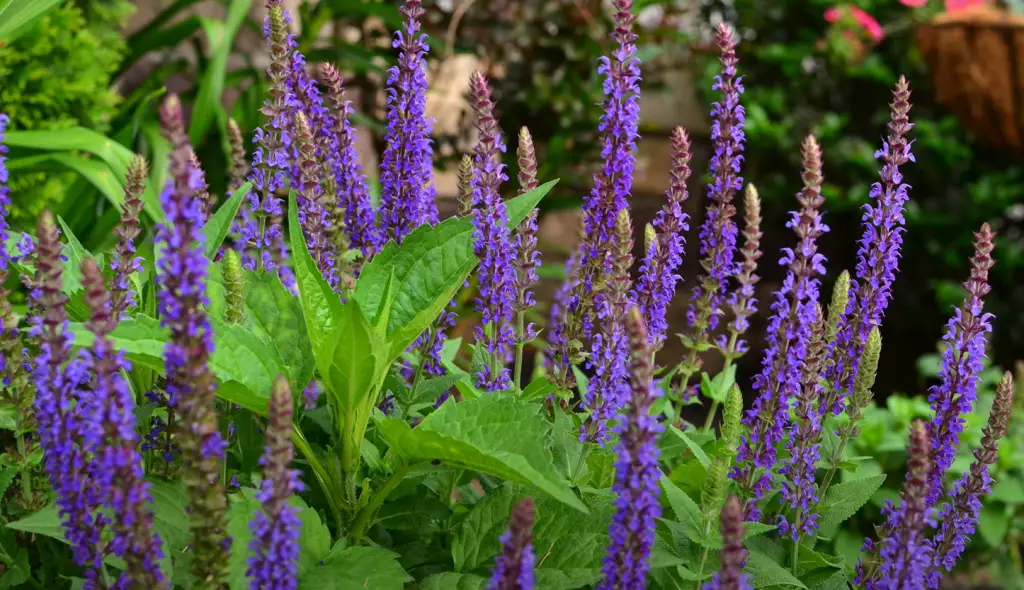
Once you’ve decided on a general theme, you can start planning out which specific flowers you’d like to include. When choosing your flowers, make sure to take into account their color, size, and bloom time. You’ll also want to consider whether they’re annuals or perennials, as this will affect how often you’ll need to replant them.
After you’ve chosen your flowers, it’s time to start planning where they’ll go in your garden. [1] [2]
Plan Your Flower Garden Layout
One of the most important aspects of starting a flower garden is planning its layout. Do you want a large one with lots of different flowers, or a smaller one with just a few? Once you’ve decided on the size and scope of your project, it’s time to start planning what kinds of flowers you’d like to grow.
We suggest planting your flower garden close to the entryway of your home so you can enjoy its beauty as soon as you step outside. This will also make it easier to water and care for your garden on a regular basis.
Once you’ve taken all of these factors into account, you can start mapping out where each type of flower will go in your garden. Creating a detailed plan will help make sure that your garden looks exactly how you want it to when it’s finished. [1] [2]
Purchase Flower Seeds or Flower Plants
Of course, it doesn’t end with the planning. After all your careful considerations, you’ll need to decide whether to grow your flowers from seed or buy them as plants.
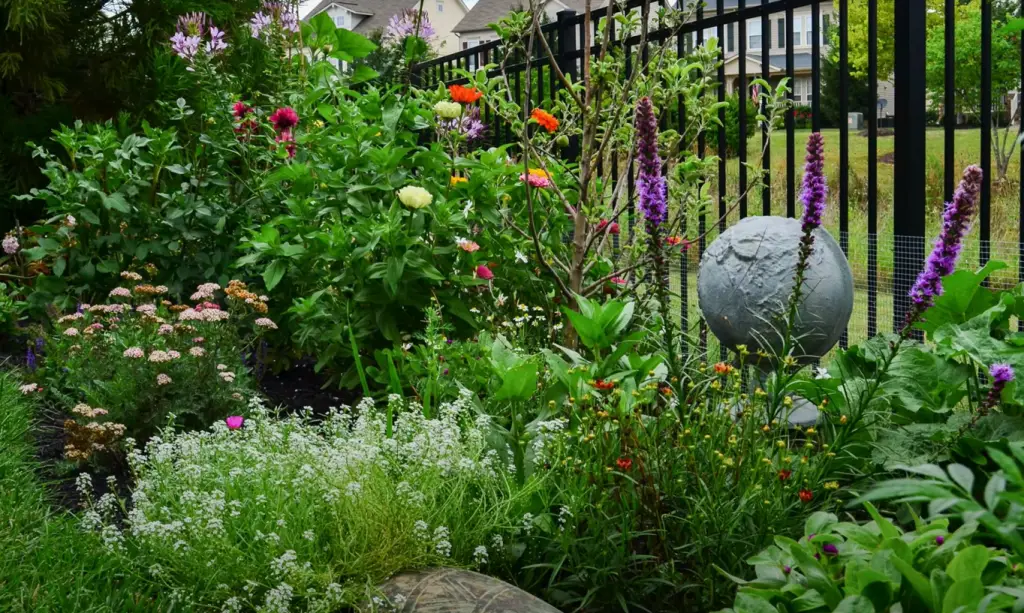
If you choose to buy flower plants instead of growing them from seed, make sure to select healthy specimens that are well-suited for your climate and soil type. Buying plants that are already blooming is also a good idea, as this will give you an instant pop of color in your garden. [1] [2] [3]
Pre-grow flowers in containers
No matter which route you choose, growing flowers in containers is always an option. This can be a great way to get a head start on the season, as well as to protect delicate plants from pests and inclement weather.
For this type of gardening, you can start planting them already in late Winter!
To get started, simply select a container that is large enough to accommodate the roots of your chosen plants. Be sure to drill drainage holes in the bottom of the pot, and fill it with a high-quality potting mix. Once you’ve planted your flowers, water them well and place them in a sunny spot. Keep an eye on the soil level, as containers can dry out quickly during warm weather. Add more water as needed, and fertilize every few weeks to keep your plants healthy and vigorous.
If you’re short on space, or if you want to add some height to your garden, consider growing climbing plants like roses or clematis. These can be trained to grow up trellises or along fence posts, adding vertical interest to your outdoor space. [3]
Choose annuals
If you’re looking for a quick and easy way to add color to your flower garden, annuals are the way to go. These fast-growing flowers will bloom all season long and then die off at the first frost.
Some of our favorite annual flowers include impatiens, petunias, marigolds, and zinnias. Annuals are available in a wide variety of colors, so you’re sure to find some that fit your garden’s theme.
While annuals only last one season, they’re relatively inexpensive and easy to replant each year. This makes them a great option for beginner gardeners or those on a tight budget. [2] [3]
Introduce perennials
If you’re looking for flowers that will come back year after year, perennials are the way to go. These hardy plants will bloom for several weeks or months each year and then enter a dormant state during the winter.
Perennials can be a bit more expensive than annuals, but they’ll save you money in the long run since you won’t have to replant them as often. Some of our favorite perennial flowers include daylilies, lavender, irises, and black-eyed Susans.
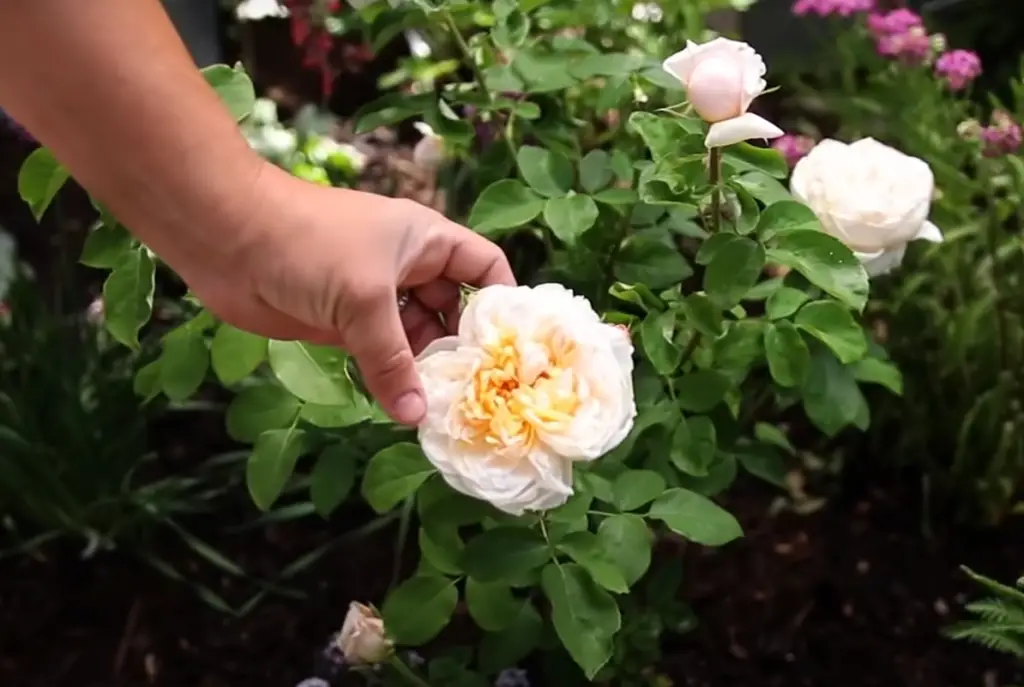
Perennials can take a few years to reach their full potential, so don’t expect them to bloom as profusely as annuals in the first few seasons. Once they’re established, however, they’ll provide you with years of beautiful blooms. [2] [3]
Be careful about introducing new plants
Of course, one of the most important parts of starting a flower garden is choosing the right plants.
You’ll need to consider plant compatibility, as some species do better when planted together. You’ll also need to think about the amount of sunlight and water each plant needs, as well as the size it will eventually reach.
Lastly, some plants may not be suitable for your area at all, so it’s important to do your research before making any purchase.
It’s a good idea to consult with a local nursery or gardening center before making any final decisions. The staff there will be able to give you expert advice on which plants will work best in your particular situation. [2]
Choose flowers that attract bees
Bees are one of the most important pollinators of flowers. By choosing flowers that bees love, you are helping to ensure that these important insects can continue to do their work. Bees are attracted to certain colors, shapes, and scents, so by selecting flowers that have these qualities, you can attract more bees to your garden.
Some of the best flowers for bees include lavender, sunflowers, and daisies. In addition to being great pollinators, bees also produce honey, which is a delicious and healthy treat. By creating a garden that is friendly to bees, you can help them thrive while also reaping the benefits of their hard work!
It’s also worth it to select flowers that are native to your area. Bees are more likely to visit flowers that are native to their region, as they are familiar with the scent and appearance of these plants. [2]
Consider the sunlight exposure
Obviously, one of the most important things to consider when starting a flower garden is sun exposure. Different flowers need different amounts of sunlight in order to bloom, so it’s important to do your research before planting anything.
If you’re not sure how much sun exposure your garden gets, take a look at it throughout the day and make note of which areas are in direct sunlight and for how long. This will help you determine which kinds of flowers will do best in your space.
With a little bit of planning, you can create a beautiful flower garden that will bloom all season long. Just be sure to do your research and pay attention to your plant’s needs, and you’ll be well on your way to success. [1] [2] [3]
Construct Your Flower Garden
Now that you know all about how to start a flower garden, it’s time to get started on your own!
Remove the weeds from the soil
The first step is to remove any existing weeds from the soil. This will help to ensure that your flower garden gets off to a good start. You can do this by hand, or you can use a weed cutter.
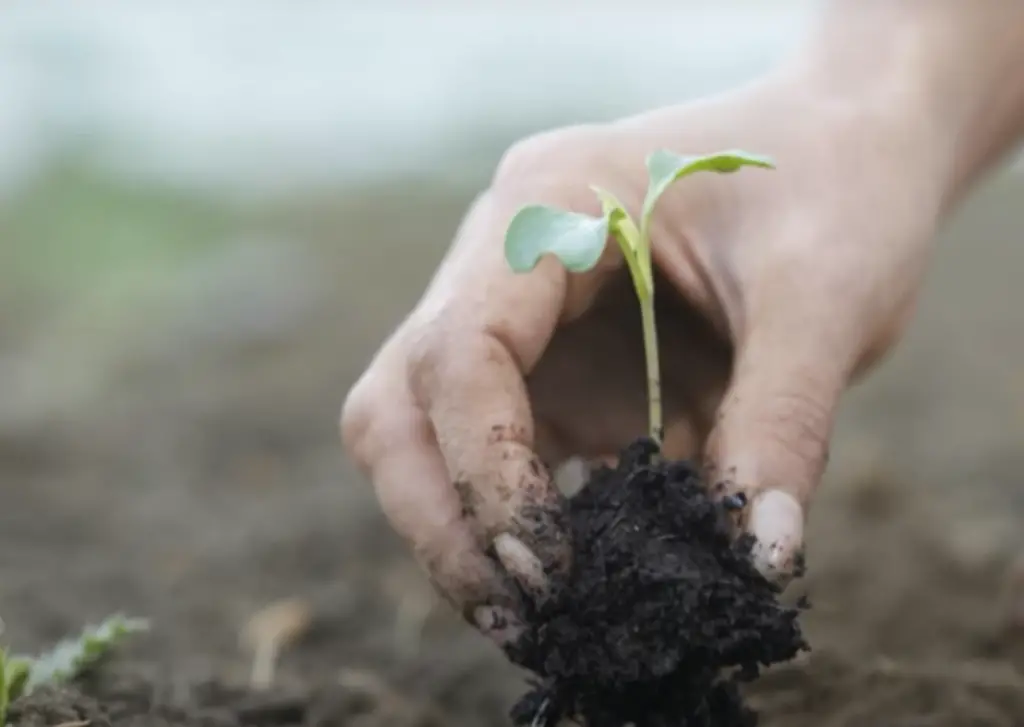
Once the weeds are removed, you’ll need to till the soil. This will help to aerate the soil and allow your flowers to get the nutrients they need. [3]
Fertilize the soil
After you’ve tilled the soil, it’s time to fertilize it. This will give your flowers the boost they need to grow strong and healthy. You can use a fertilizer that is specifically designed for flowers, or you can use a general-purpose fertilizer.
Compost is also a great way to fertilize your flower garden. You can make your own compost by collecting kitchen scraps and leaves. Just make sure the compost has fully broken down before you add it to your flower garden. [2] [3]
Study the color wheel
A color wheel is a helpful tool that you can use to choose the colors for your flower garden. The color wheel can be used to create a variety of different effects, so it’s important to understand how it works before you get started.
The secondary colors are green, orange, and purple. These colors are created by mixing two primary colors together. And finally, the tertiary colors are made by mixing a primary color with a secondary color.
When planting flowers, consider their color. You can create a harmonious effect by planting flowers that are all one color, or you can create a more dramatic effect by using a variety of colors. Whichever option you go for, make sure it all looks good together! [2]
Plant in the spring
The best time to plant most flowers is in the spring. This is when the weather is warm and the soil is moist. If you live in an area that experiences a lot of rainfall, you may want to wait until the rain has subsided before you plant your flowers. If you live in an area with a colder climate, wait until all the frost has melted before you start planting. [3]
Water your flowers regularly
Once your flowers are in the ground, you’ll need to water them regularly. How often you need to water will depend on the type of soil you have, the climate you live in, and how much rain has fallen. In general, it’s a good idea to water your flowers once a week. But if you live in a dry climate, you may need to water your flowers more often. If you live in a wet climate, you may need to water them less.
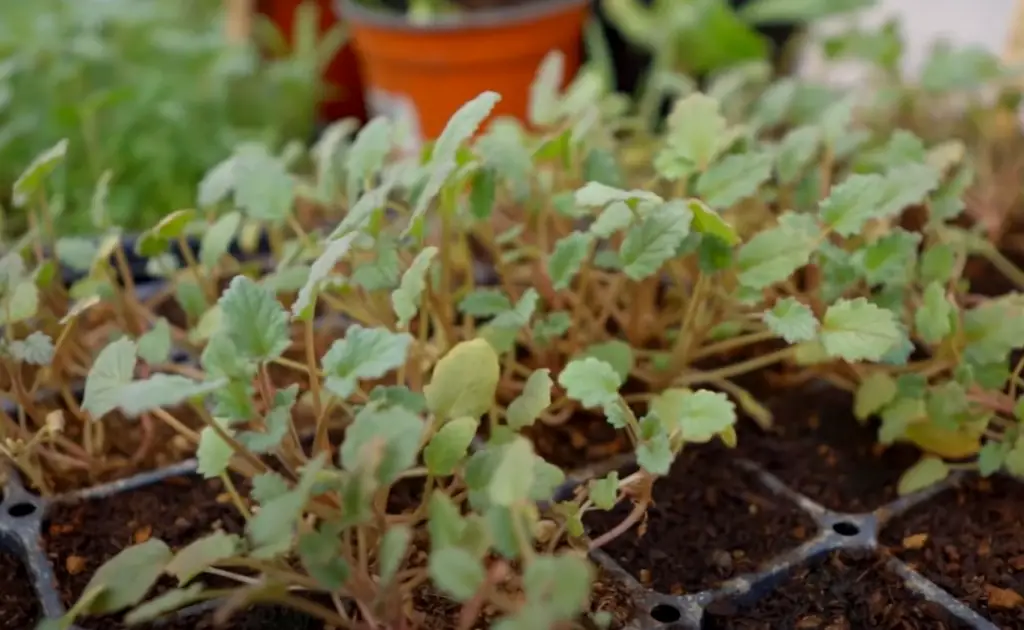
Be sure to check the soil before you water your flowers. If the soil is dry, it’s time to give them a drink. If the soil is moist, wait until it dries out before watering again. Over-watering can be just as harmful as under-watering, so be careful not to overwater your flowers. So no matter where you live, it’s important to keep an eye on your flowers and water them when they need it. [2] [3]
Enjoy your new flower garden!
Now that you know how to start a flower garden, it’s time to get out there and start planting! With a little bit of care and attention, your flower garden will be blooming in no time. Enjoy your new flower garden!
FAQ
How do you make a flower garden in your backyard?
There’s no one answer to this question since there are a number of ways to go about it, and the best approach for you will depend on factors like the size and layout of your yard, the climate you live in, and what kinds of flowers you want to grow. But you always need to have a clear plan in mind before you start digging in the dirt. Of course, sunlight exposure, water, and soil type are important for any garden, but these need to be considered when growing flowers as well.
How do you structure a flower garden?
There is no one right answer to this question. You can structure your flower garden in any way that you think looks best or that will work best for the space that you have available. Some people like to divide their gardens into sections, with each section containing a different type of flower. Others prefer to plant all of the same types of flowers together. Ultimately, it is up to you to decide how you want to structure your garden.
What month should you start a flower garden?
The best time to start a flower garden is in the spring when the weather is warm and there is rainfall. Bulbs will have a hard time germinating in the heat of summer. Fall is also a good time to start a flower garden. The cooler weather is easier on the plants, and there is still enough rainfall. However, spring is also the time when most flowers are in bloom.
Useful Video: How to Start a Flower Garden for Beginners
Conclusion
Flower gardens are not only beautiful, but they can also increase the value of your home. A well-maintained flower garden can be a selling point for potential homebuyers, and it can also make your neighbors jealous. Not to mention, flowers just make people happy. In this article, we’ve gone over how to start a flower garden, including tips on choosing the right location, preparing the soil, and selecting plants. We’ve also provided some plant care advice for new gardeners.
As for which plants you need to choose, planting a mix of annual and perennial flowers is a good idea, as this will give you blooms throughout the growing season. Annuals will need to be replanted each year, but perennials will come back year after year, making them a more cost-effective option in the long run. Of course, you shouldn’t forget about the colors, as different blooms will offer different shades and hues. A little bit of planning can go a long way in creating a stunning flower garden that you’ll be able to enjoy for years to come.
Happy gardening!
References
- https://www.livingetc.com/advice/how-to-start-a-flower-garden
- https://www.gardeningknowhow.com/special/starting/how-to-start-your-flower-garden.htm
- https://www.wikihow.com/Start-a-Flower-Garden





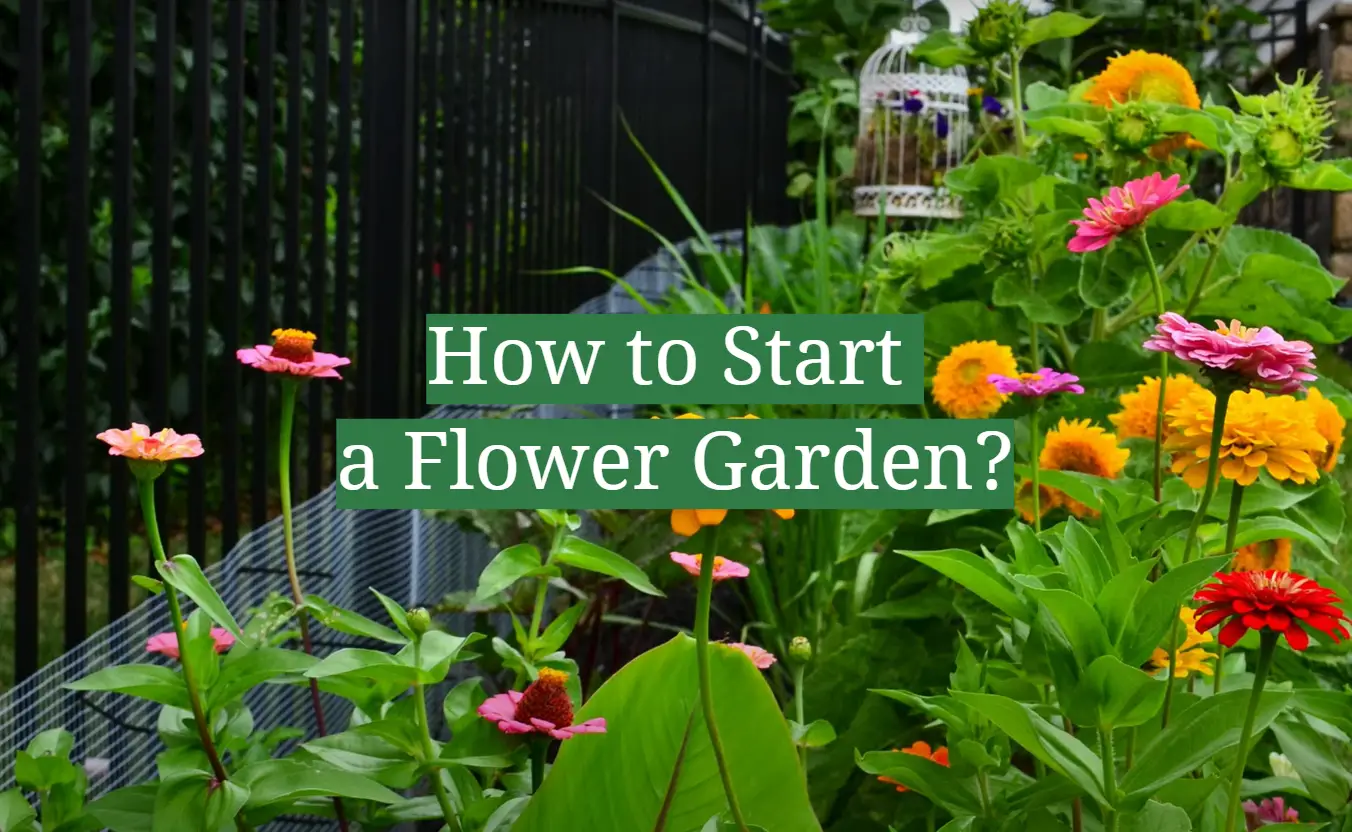




Leave a Reply
View Comments